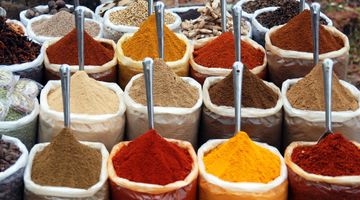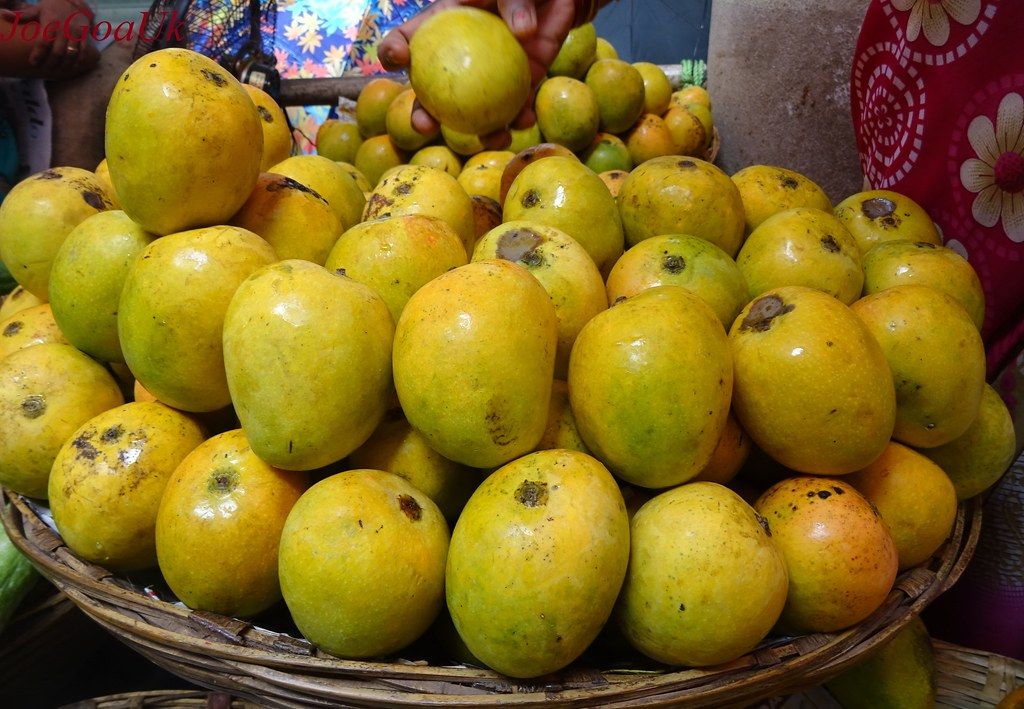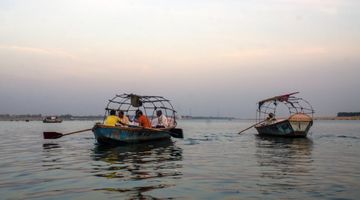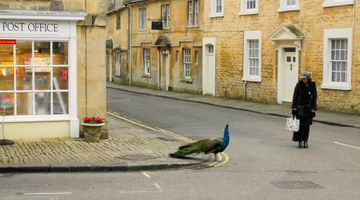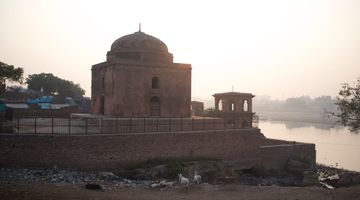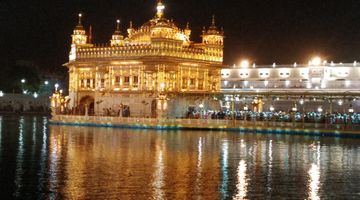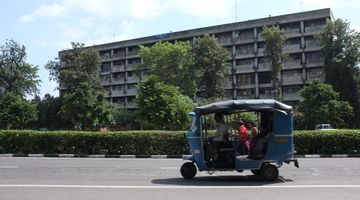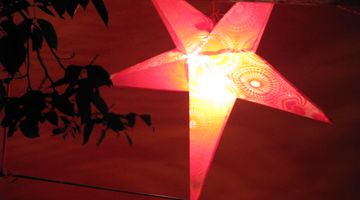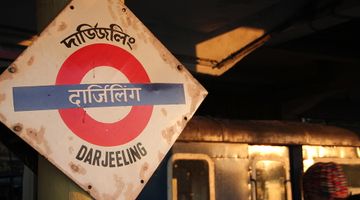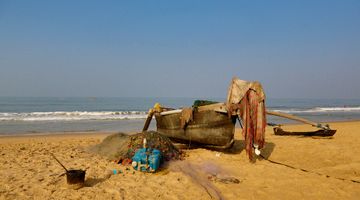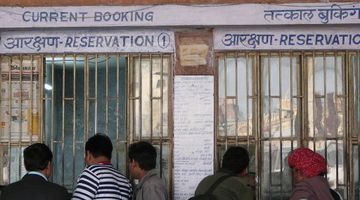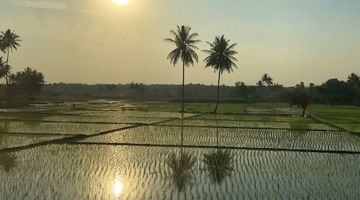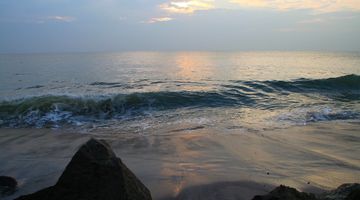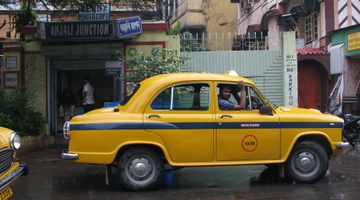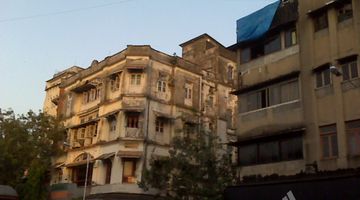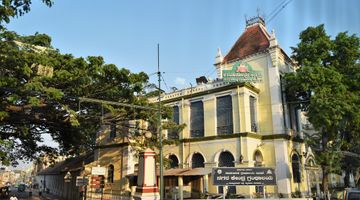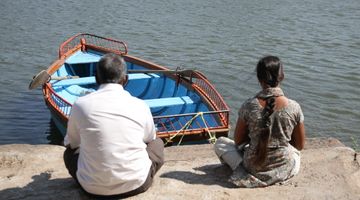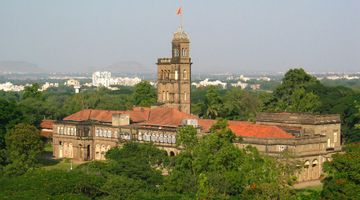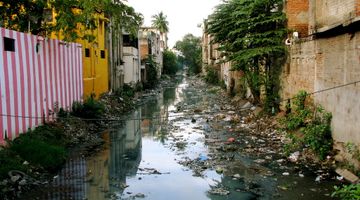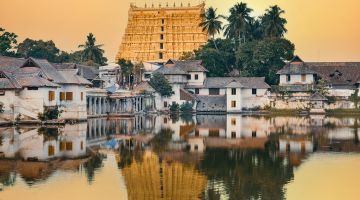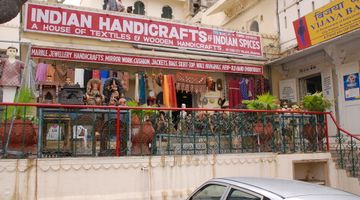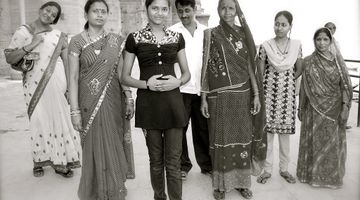Palolem Goa India Food Guide – Where and What to Eat
South Indian cuisine is renowned throughout the Subcontinent for both its diversity and its unique blend of aromatic flavours, owing to an assortment of various Masala mixes used to spice each individual dish. This is particularly true of Goa, where the food on offer is combined with Hindu, Catholic and Latin traditional cooking.
Goan gastronomy has a lot to offer due to the fact that its Catholic community has been greatly influenced by the Portuguese – who occupied the State in 1510 – while the Goan Hindus were far less susceptible to the colonial style of cooking and its accoutrements such as palm vinegar, garlic essence, and black pepper. Despite the seemingly obvious epicurean divide, the food in Goa offers a genuinely unique fusion of culinary delights.
The dish you should not miss in Goa
One of the most famous Goan dishes – equally renowned worldwide – is the chilly-laden vindaloo curry, which is made with garlic wine vinegar – on import of the former Portuguese dwellers – and is usually used to season fish and meat dishes, especially pork.
To this day Goa is famous for its pork vindaloo, a dish which is flavoured with red Kashmiri chillies, vinegar, coconut milk and a secret array of spices that make up the masala in each individual eatery, restaurant or a small, usually, family-run dhaba (road-side diner).
The price of a vindaloo dinner varies, depending on where you go. A well-known, sea-view, beach shack such as Big Bamboo, in Palolem, can charge up to INR250/350 for a single serving while an intimate one such as Fisherman’s Local, situated on Palolem Beach Road, with a simple menu and an equally simple interior will set you back about INR140. Both these restaurants offer a varied menu of Continental, Mediterranean, Asian, Goan and North India dishes.
Seafood
Just over 20 miles south of Margao, Palolem is the picture-perfect beach resort with its white sands, crystal-clear waters, and its very own miniature lagoon. Once a small fishing village, nowadays Palolem attracts a great influx of travellers during high-season (November to March), who spill onto the beach by the hundreds from behind bamboo-built huts and luxury resorts.
As a former fishing community, Palolem’s other culinary speciality is seafood and the Fish Bone Restaurant and Bar offers some of the best seafood in town. Located on the Main Road, it has a wide range of dishes on its menu, including barbecued fish tikka, masala fish curry, lobster, and calamari. We ordered a masala fish curry and grilled chicken, both of which came with French fries and seasonal vegetables – were served by exceptionally friendly and helpful staff – and were absolutely delicious.
Another place to visit if you’re a lover of seafood is Laguna Vista, in Colomb Bay, about a leisurely 10 minute walk away from Palolem. It is a luxury apartment complex with several fantastic if a bit pricey, dining venues, including Magic View, which serves traditional Italian fare, a Swiss-run Hidden Gourmet Restaurant, and the famous Boomshankar known for its cocktails and freshly prepared catch-of-the-day, which tends to range from kingfish, pomfret, shark and mackerel. Prices tend to vary according to the time of year and availability, but this place is a little on the expensive side. It does, however, offer some genuinely delicious traditional and international dishes, such as shark ambot tik (shark in sour and spicy sauce); chicken xacuti (a stew cooked with poppy seeds, coconut and dried red chillies); prawn spring rolls; squid and a range of fish prepared in a more subtly flavoured coconut-based masala. The view overlooking the rock formation along the seafront is perfect, especially when accompanied by one of Boomshankar’s refreshing mojitos. We loved the laid-back atmosphere, the chilled-out music, and the sun, slowly, disappearing beyond the horizon.
Local desserts and drinks
Even in a relatively small resort such as Palolem remnants of the former Portuguese colonialism remain ubiquitous, especially when it comes to food. Until this day, Goa’s most famous pudding is bebinca, a moreish, sweet custard cake made with coconut. You will find it on offer in most dining venues, and we recommend you try it at least once for it’s a famous local speciality like feni, a very strong, clear, alcoholic drink, commonly made from coconut sap or cashew nut juice. You can find it in almost every bar, but we recommend you go local and off the beach for an authentic glass of this intoxicating toddy (another name for feni). Other alcoholic beverages are also widely available here and are cheap, although it depends on what you like. Local beer, for example, is about INR60/80 while a fancy cocktail such a mint daiquiri could set you back anywhere from about INR150/200.
Street food – bhaji stalls
Despite the ostensible Portuguese, and more recently Western, influence on the Goa, the Goans have still managed to retain their own regional identity by keeping up their own customs and traditions. If you’re a seasoned traveller after some local specialities try eating at the local bhaji stalls (street food carts) in the village near the Beach Resort and the Hira Restaurant.
These kind of places most frequently offer simple and satiable breakfasts such as pao bhajis (pea and potato curry with local bread); alebeles (pancakes filled with coconut and syrup); parottas (flatbreads accompanied by a spicy sauce); aloo wadas (potato fritters); uttapams (thick pancakes with vegetable toppings); and, of course, chai.
The upside of eating in the village, rather than on the beach, is far more fun and inexpensive. The locals in Palolem are exceptionally sociable and friendly and their generosity is most notable on the plate.
If, however, you find yourself in search of even more regional specialities rent a bicycle (about INR100 per day) or a scooter (INR250 per day) and go to the nearby Chaudi village (about 2 miles away) for freshly made masala dosas (crepe-like pancakes served with chutney and sambar); idlies (savoury cakes served with chutney and a spicy sauce or potatoes); and other dishes such as a thali, which comprises a large portion of rice, four-to-six individual vegetable and lentil based accompaniments and a chapati.
We tried all three at Udipi Hotel and were pleasantly surprised by the flavoursome simple food and the prices, which ranged from INR40 for a dosa, INR35 for an idli and around INR100 for a vegetarian thali. Chaudi is also great if you wish to stock up on various comestible at the local Saturday market, see the Water Reservoir or simply have a great and inexpensive meal!
Eating with your hand – wanna try?
It is worth noting that most South Indians eat with their hands, or more precisely with their right hand. While it may be something of a challenge at first, eventually, we found it an altogether worthwhile experience, keeping with the Southern customs which the locals seemed to appreciate.
Not only food
Aside from the mesmeric sea views, incredible choice of cuisine, and its golden-sand beach, Palolem is a place which offers a range of other activities. We took a boat trip with a local fisherman, for example, to watch the dolphins diving in the clear blue waters of the Arabian Sea. To book a boat you can ask around the village, but it is also worth visiting the Cafe Inn (on the Main Road, behind the rickshaw stand) where they will quote you a fair price according to your own specifications.
Palolem is a laid-back and luscious place, with soaring palm trees curving around the bay, and bewitching sunsets. Do remember, however, that due to its remarkable beauty it can get pretty busy during high season. Still, it is a place worth visiting especially if you wish to explore the region’s panoramic landscape. We did this by foot, taking a leisurely romantic stroll from the north end of Palolem to the south end of Rajbagh Beach, passing by Colomb and Patnem Beaches along the way, and watching the sunset as the evening drew to a close. The walk is about five miles both ways, but you can always find a rickshaw to take you back to your Guest House in time for dinner.
